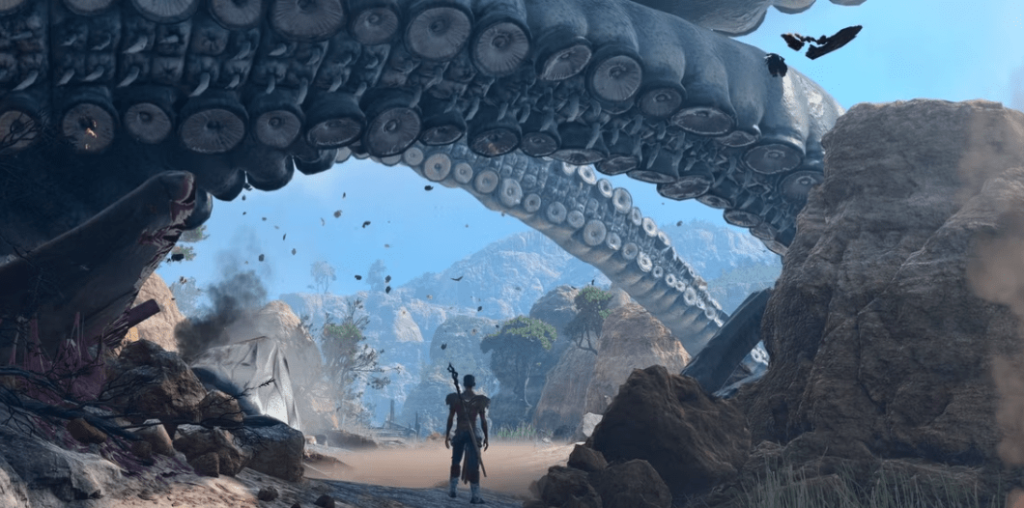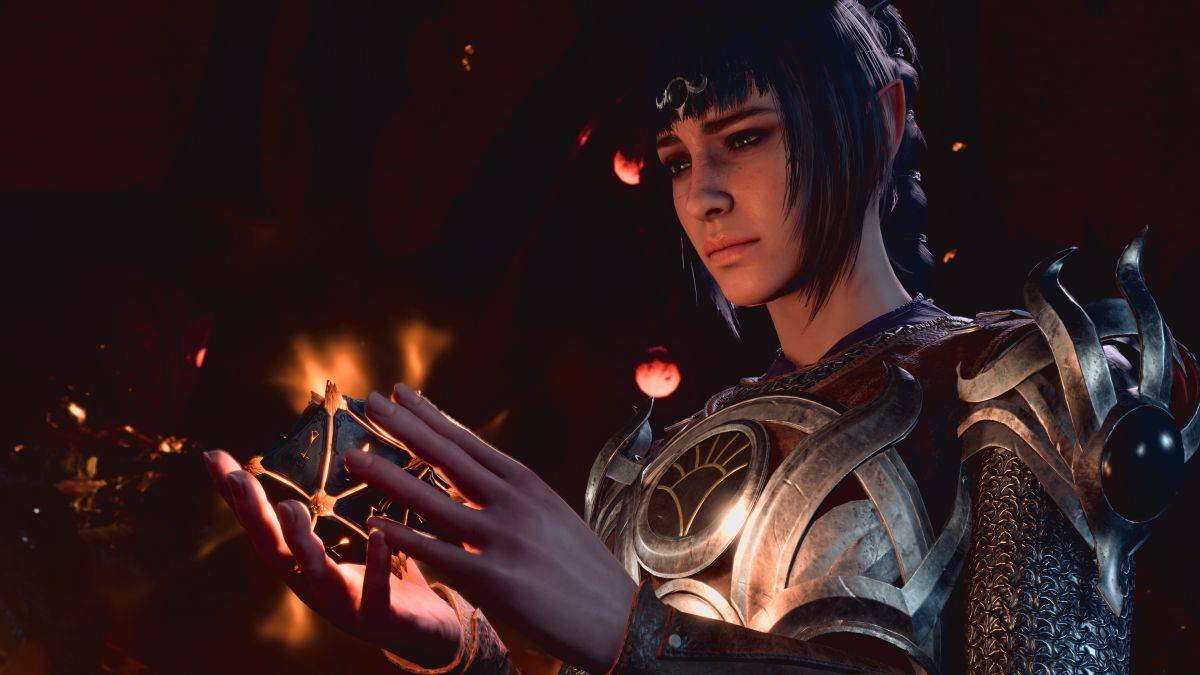While Baldur’s Gate 3 has garnered critical acclaim and commercial success, with over 10 million copies sold, there’s a fascinating glimpse into what could have been. Larian Studios, the game’s developer, recently revealed a unique death mechanic originally planned but ultimately cut from the final release. This discarded feature promised a deeper dive into the lore and a more intricate narrative experience.
Death and Rebirth: A Different Journey

Swen Vincke, CEO of Larian Studios, shed light on this alternate death system. In the original concept, when a character perished, they wouldn’t simply reload from a save point. Instead, they would embark on a separate adventure in the Fugue Plane. This realm, according to Dungeons & Dragons lore, serves as a transitory space connecting the forgotten realms with various afterlives. Here, departed souls await judgment and are directed to their appropriate paradise or damnation.
Vincke elaborated, stating, “Any time you died, you were supposed to go to the Fugue Plane, but the rest of your party would still be walking around in the material world.” This presented a compelling opportunity to explore the rich mythology of Baldur’s Gate 3 from a unique perspective. Characters aligned with specific deities might have had the chance to plead for resurrection, while morally dubious individuals could face the consequences of their transgressions.
The Allure of the Fugue Plane
The prospect of venturing into the Fugue Plane offered a dynamic twist on the typical death mechanic. Imagine a cleric or paladin desperately bargaining with their chosen god for a second chance, or a rogue confronting the repercussions of their past deeds. Additionally, the surviving party members wouldn’t be left idle. They could embark on perilous rescue missions to retrieve their fallen comrades, mirroring the thrilling journey into Avernus, the first layer of the Nine Hells, that forms the core of Baldur’s Gate 3’s narrative.
The Road Not Taken: Reasons for Removal

While the Fugue Plane mechanic boasted immense potential, it ultimately fell victim to development realities. Implementing such a complex system would have required significant time and resources, potentially delaying the game’s release or detracting from other crucial aspects. Larian Studios likely made the strategic decision to prioritize core gameplay mechanics and ensure a more focused and polished experience.
Echoes of What Could Have Been
Although the Fugue Plane mechanic never materialized, its absence doesn’t diminish Baldur’s Gate 3’s achievements. The game remains a compelling RPG with a robust selection of features and mechanics. However, the revelation of this discarded concept piques the curiosity of players, leaving them to ponder the alternate paths the narrative could have taken.
Beyond the Cut Content: A Look at the Bigger Picture
The story of Baldur’s Gate 3’s unseen death mechanic serves as a fascinating reminder of the creative decisions that shape video game development. It highlights the delicate balance between ambition, feasibility, and resource allocation. While some ideas, no matter how intriguing, may not always come to fruition, they offer valuable insights into the developers’ vision and the ever-evolving nature of game design.
This glimpse into the unseen death mechanic adds another layer to the tapestry of Baldur’s Gate 3. It allows players to appreciate the meticulous crafting process and the sheer amount of creative exploration that goes into building a complex and immersive world. While the Fugue Plane remains an unrealized realm, its legacy lives on as a testament to the boundless potential that often lies just beyond the boundaries of a finished product.
See more games in the Game News section here.













